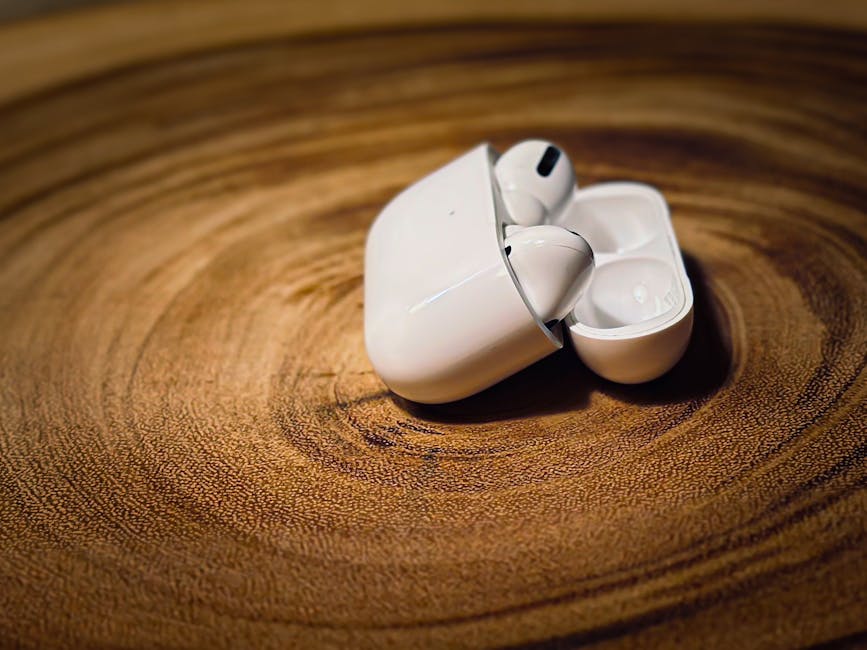
How to Improve Your Balance (And Why It Prevents Injury)
How to Improve Your Balance (And Why It Prevents Injury)
Balance is an often-overlooked aspect of fitness, yet it plays a crucial role in our daily lives—from walking and climbing stairs to playing sports and preventing falls. Good balance enhances coordination, stability, and overall mobility, while poor balance increases the risk of injuries, particularly as we age.
Whether you’re an athlete looking to improve performance or someone seeking better stability in everyday movements, developing balance should be a priority. In this article, we’ll explore why balance is essential, how it prevents injuries, and the best exercises to strengthen it.
Why Balance Matters
Balance is the ability to maintain control of your body’s position, whether stationary (static balance) or in motion (dynamic balance). It relies on a complex interaction between your:
- Visual system (eyes)
- Vestibular system (inner ear)
- Proprioception (body awareness from muscles and joints)
When these systems work efficiently, you move with confidence and precision. However, if one is compromised—due to aging, injury, or inactivity—your risk of falls and accidents increases.
How Poor Balance Leads to Injury
- Increased Fall Risk – Falls are a leading cause of fractures, sprains, and head injuries, especially in older adults. Strong balance helps prevent missteps and recover from slips.
- Joint Instability – Weak stabilizing muscles (especially in the ankles, knees, and hips) can lead to sprains, strains, and chronic pain.
- Reduced Athletic Performance – Athletes with poor balance are more prone to injuries like ACL tears or ankle rolls due to improper landing mechanics.
- Muscle Imbalances – Over-reliance on dominant muscles can lead to overuse injuries, while weaker muscles fail to provide support.
By improving balance, you enhance proprioception, strengthen stabilizing muscles, and reduce injury risk—benefits that extend beyond sports into everyday life.
How to Improve Your Balance
Balance can be trained like any other skill. The key is consistency and progressively challenging yourself. Below are effective exercises categorized by difficulty.
Beginner Balance Exercises
-
Single-Leg Stance
- Stand tall, lift one foot slightly off the ground, and hold for 10–30 seconds.
- Progress by closing your eyes or standing on a soft surface (like a pillow).
-
Heel-to-Toe Walk
- Walk in a straight line, placing the heel of one foot directly in front of the toes of the other (like a sobriety test).
-
Seated Balance Disc
- Sit on an unstable surface (like a balance disc or cushion) and maintain posture without holding onto anything.
Intermediate Balance Exercises
-
Tai Chi or Yoga
- Slow, controlled movements in yoga (Tree Pose, Warrior III) and Tai Chi enhance stability and body awareness.
-
Bosu Ball Squats
- Stand on a Bosu ball (flat side down) and perform slow squats to engage core and leg stabilizers.
-
Lateral Step-Ups
- Step sideways onto a low bench or stair, maintaining control as you lower back down.
Advanced Balance Exercises
-
Single-Leg Deadlifts
- Balance on one leg while hinging forward, keeping your back straight. Add light weights for extra challenge.
-
Plyometric Jumps
- Jump and land softly on one foot, focusing on stability upon landing.
-
Slacklining or Balance Board
- These tools drastically improve dynamic balance and core strength.
Additional Tips for Better Balance
- Strengthen Your Core – A strong core stabilizes your entire body. Planks, dead bugs, and Russian twists help.
- Improve Ankle Mobility – Tight ankles limit balance. Try calf stretches and ankle circles.
- Practice Barefoot Training – Walking or exercising barefoot (when safe) enhances proprioception.
- Stay Active Daily – Simple habits like standing on one leg while brushing your teeth help.
Final Thoughts
Balance is a foundational skill that supports movement efficiency, injury prevention, and long-term mobility. By incorporating balance exercises into your routine, you’ll not only move more confidently but also reduce the risk of falls and joint injuries.
Start with basic drills and gradually increase difficulty as your stability improves. Whether you’re young or older, athletic or sedentary, better balance means a stronger, safer, and more resilient body.
Your turn: Try one balance exercise today and notice the difference in your stability over time!







